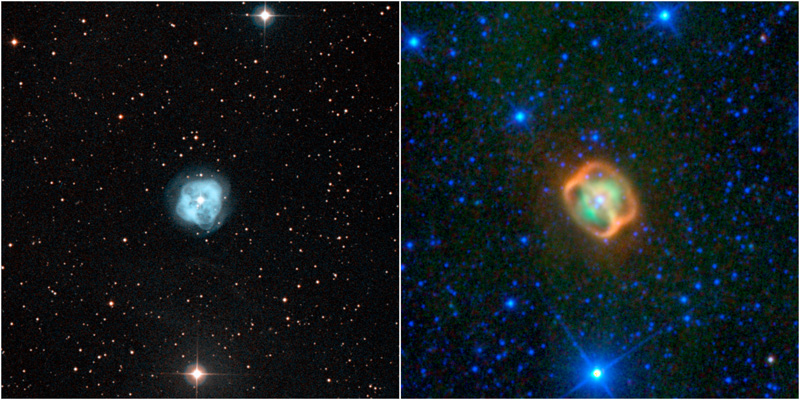E
EarthlingX
Guest
blogs.jpl.nasa.gov : Rocks and Stars with Amy: This Asteroid Inspected by #32
...Posted on Monday, November 15th, 2010 at 4:27 pm
By Amy Mainzer
Over the course of the nine months we’ve been operating WISE, we’ve observed over 150,000 asteroids and comets of all different types. We had to pick all of these moving objects out of the hundreds of millions of sources observed all over the sky — so you can imagine that sifting through all those stars and galaxies to find the asteroids is not easy!
We use a lot of techniques to figure out how to distinguish an asteroid from a star or galaxy. Even though just about everything in the universe moves, asteroids are a whole lot closer to us than your average star (and certainly your average galaxy), so they appear to move from place to place in the WISE images over a timescale of minutes, unlike the much more distant stars. It’s almost like watching a pack of cyclists go by in the Tour de France. Also, WISE takes infrared images, which means that cooler objects like asteroids look different than the hotter stars. If you look at the picture below, you can see that the stars appear bright blue, whereas the sole asteroid in the frame appears red. That’s because the asteroid is about room temperature and is therefore much colder than the stars, which are thousands of degrees. Cooler objects will give off more of their light at longer, infrared wavelengths that our WISE telescope sees. We can use both of these unique properties of asteroids — their motion and their bright infrared signatures — to tease them out of the bazillions of stars and galaxies in the WISE images.



